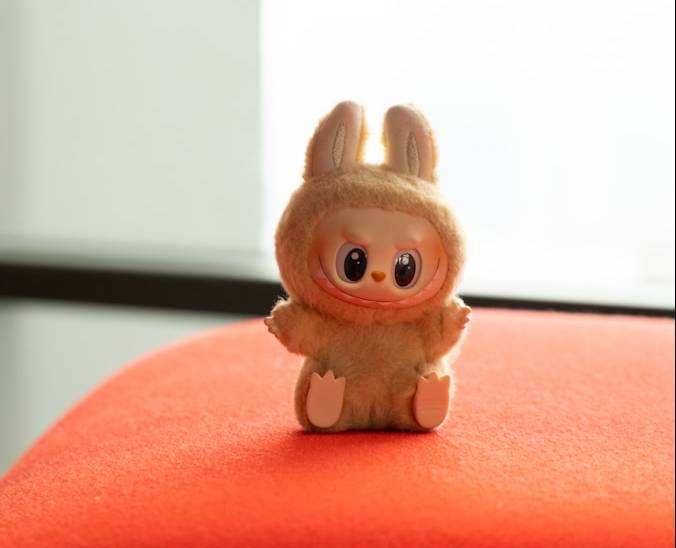The Labubu Phenomenon
The Labubu character has become the standout product in Pop Mart’s portfolio, driving significant revenue growth for the company. This collectible figure has gained massive traction among consumers, particularly those who collect designer toys and limited-edition items. Industry analysts note that Pop Mart has successfully tapped into the “blind box” retail concept, where customers purchase packages without knowing exactly which design they’ll receive. This strategy has proven highly effective at encouraging repeat purchases and building collector communities around their products.Financial Impact
The 350% profit increase represents one of the most substantial growth periods in the company’s history. While specific financial figures weren’t disclosed in the initial announcement, the triple-digit growth rate signals that Pop Mart has found a formula that resonates strongly with consumers despite broader economic challenges in the Chinese retail sector. The company’s focus on premium collectibles has allowed it to maintain higher profit margins than traditional toy manufacturers. Pop Mart’s products typically sell at price points significantly above mass-market toys, with limited editions and rare designs sometimes trading for many times their original retail value on secondary markets.Market Position and Strategy
Pop Mart has positioned itself at the intersection of toy collecting, art, and social media culture. The company collaborates with designers and artists to create unique characters that appeal to adult collectors and trend-conscious consumers. The success of the Labubu line demonstrates several key elements of Pop Mart’s business approach:- Creating character-based intellectual property with strong visual appeal
- Limiting production runs to drive demand and collectibility
- Building community through social media and influencer partnerships
- Expanding retail presence through dedicated stores and pop-up locations







